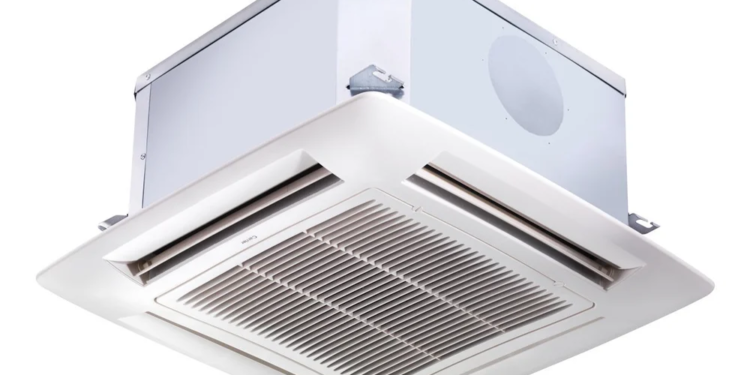The Oman air conditioner market is poised for substantial growth, with its value expected to rise from USD 447.55 million in 2024 to approximately USD 747.95 million by 2033, reflecting a compound annual growth rate (CAGR) of 5.98% between 2025 and 2033. This upward trend is supported by increasing temperatures, rapid urbanization, growing disposable incomes, and advancements in energy-efficient cooling technologies.
Strong Demand for Cooling Solutions in a Warming Climate
In Oman’s hot, arid environment, air conditioning has become a year-round necessity. Expanding infrastructure across residential, commercial, and industrial sectors, along with a push toward sustainable cooling, continues to drive market demand.
Key Market Drivers
1. Growth in Residential and Commercial Construction
Ongoing urbanization and infrastructure development are significantly increasing the demand for HVAC systems. The expansion of the real estate, hospitality, and tourism sectors further accelerates air conditioning adoption.
2. Rising Temperatures and Climate Change
The impact of climate change and prolonged summer seasons is intensifying the need for reliable cooling systems across the country.
3. Energy Efficiency Regulations and Smart Cooling
Government policies encouraging energy-efficient technologies are boosting the market for inverter-based and smart air conditioners. Consumers are shifting toward environmentally friendly and cost-saving solutions.
4. Innovation and Smart Technology Integration
The market is experiencing rapid technological advancements, including smart ACs, IoT-connected systems, and AI-powered cooling. These innovations offer features such as remote control, predictive maintenance, and energy optimization.
Urban and Rural Growth Dynamics
Muscat and Major Cities
Muscat leads in demand for premium, high-efficiency units due to the growth of smart buildings, luxury residences, and commercial infrastructure.
Interior and Rural Areas
The need for affordable and durable air conditioning is growing in rural and inland regions, driven by rising temperatures and population expansion.
Competitive Landscape
The Omani air conditioner market is highly competitive, with leading global brands focusing on product innovation, energy efficiency, and after-sales service. Key players include:
LG Electronics
Daikin Industries Ltd.
Samsung Electronics Co., Ltd.
Mitsubishi Electric Corporation
Gree Electric Appliances Inc.
Carrier Corporation
Trane Technologies plc
Panasonic Corporation
Hitachi Air Conditioning
These companies are expanding their presence through localized distribution, tailored product offerings, and smart technology integration.
Market Segmentation
By Component:
Compressor
Evaporator
Expansion Valve
Drier/Receiver
Condenser
AHU (CHW & DX)
FCU
Chillers
Others
By Type:
Ducted AC:
Split Central ACs
Packaged Central ACs
Ceiling Concealed ACs
Rooftop Units
Ductless AC:
Floor & Wall Mounted Mini-Splits (Single & Multi-Zone)
Window Units
Portable Units
Cassette ACs
By Technology:
Variable Refrigerant Flow (VRF)
Precision Air Conditioning (PAC)
Air-To-Water Systems (ATW)
Membrane-Based Cooling
Thermally Driven Systems
Hybrid Systems
By End User:
Residential
Commercial (Retail, Offices, Education, Healthcare, etc.)
Government
Industrial
Future Trends: Smart Cooling, Sustainability, and IoT
Oman’s air conditioning market is evolving with a strong focus on sustainability and innovation. Key trends include:
Adoption of AI-driven energy management systems
IoT-enabled smart cooling with remote access and automation
Solar-powered units and eco-friendly refrigerants aligned with Oman’s sustainable energy goals
Conclusion
Projected to reach nearly USD 748 million by 2033, Oman’s air conditioner market is set for consistent growth. Driven by environmental, economic, and technological factors, the market offers strong opportunities for manufacturers, investors, and solution providers focused on smart and sustainable cooling.
Source: Astute Analytica























































